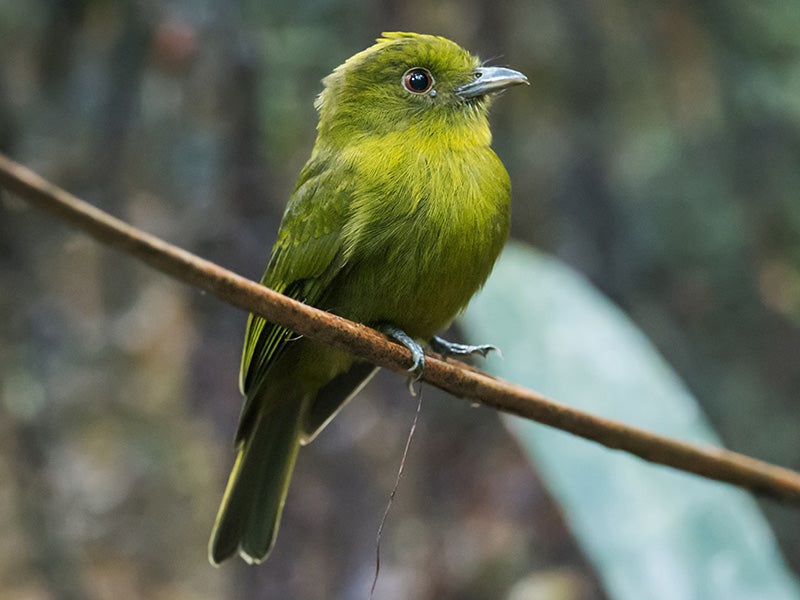Sapayoa
| Order: PASSERIFORMES - Family: SAPAYOIDAE |
| 1 Species currently existing - 1 in region |
Appearance: The Sapayoa is a small to medium-sized bird, typically measuring around 15-17 cm in length. It has a distinctive plumage with a grayish-brown body, featuring a paler throat and belly. The wings are dark with white wing bars, and it has a prominent white spot above the eyes, enhancing its facial contrast. Its bill is fairly long and straight, adapted for catching insects and fruits.
Habitat: Sapayoas are primarily found in lowland tropical forests and humid montane forests. They prefer dense vegetation and areas near water sources like streams and rivers. They are more commonly observed in the Chocó region, a biodiversity hotspot known for its unique flora and fauna, but can also be found in parts of the Andean foothills.
Behavior: Sapayoas are generally solitary or found in pairs. They have a shy and elusive demeanor, often remaining hidden in dense foliage. Their diet mainly consists of insects and fruits. They forage in the understory, using their keen eyesight to spot food items.
Breeding: Sapayoas build their nests in dense vegetation, often near water bodies. The nests are typically made from plant fibers and are camouflaged to protect against predators. The breeding season coincides with the wet season when food resources are abundant. Details about their reproductive behavior are not extensively studied, but they are known to be monogamous during the breeding season.
Conservation Status: The species is listed as **Near Threatened** on the IUCN Red List.


